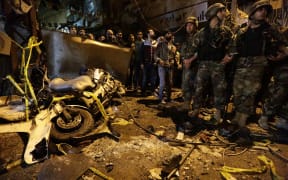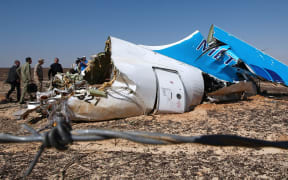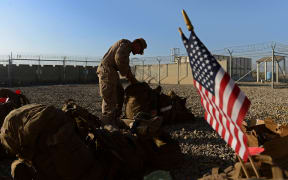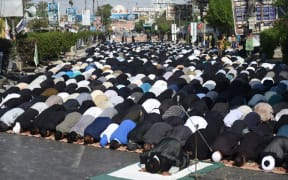US forces have carried out an air strike targeting the Islamic State group militant "Jihadi John", the Pentagon has said.
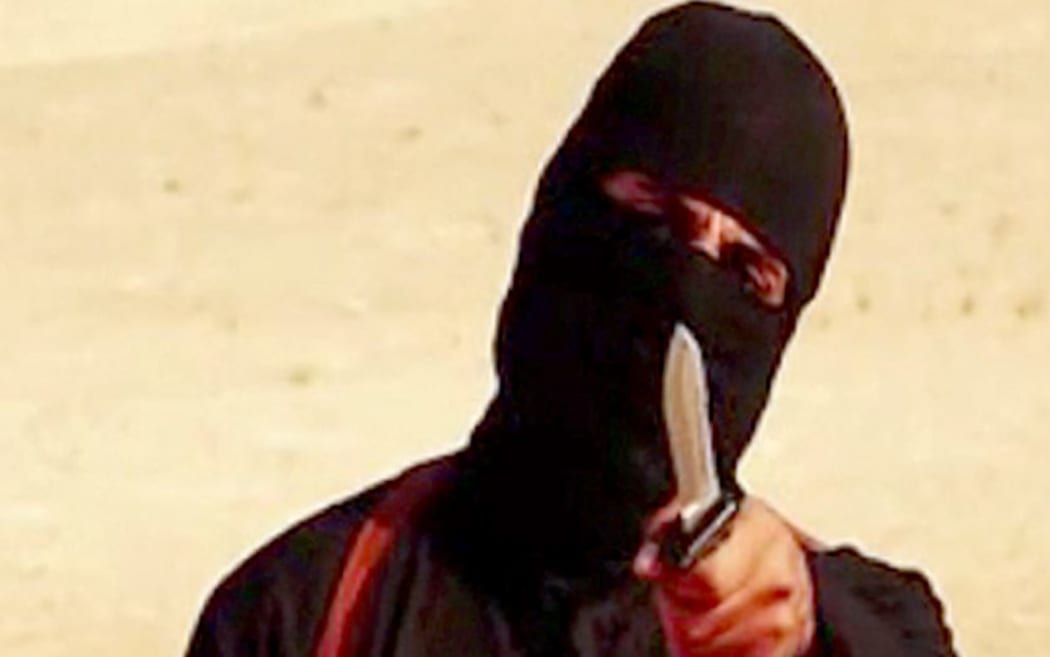
"Jihadi John" has been identified as Mohammed Emwazi from London. Photo: AFP
There is a "high degree of certainty" that he was hit in the attack near Raqqa, in Syria, according to a senior military source.
Kuwaiti-born British militant Mohammed Emwazi appeared in videos of the beheadings of Western hostages.
It is believed there was at least one other person in the vehicle targeted.
A US official said Emwazi had been "tracked carefully over a period of time".
A drone had been used in the attack, a US official reportedly told the Associated Press.
The Pentagon said it was assessing the operation and would provide additional information "as and where appropriate".
UK Prime Minister David Cameron's spokesperson said the government was aware of the US operation. Mr Cameron was due to make a statement later on Friday (local time).
A source close to the prime minister said the UK had been working very closely alongside the Americans tracking Emwazi.
Hostage videos
Emwazi was believed to have travelled to Syria in 2013 and later joined Islamic State militants.
He first appeared in a video in August last year, when footage was posted online showing the murder of US journalist James Foley.
He was later pictured in the videos of the beheadings of US journalist Steven Sotloff, British aid worker David Haines and UK taxi driver Alan Henning, as well as American aid worker Abdul-Rahman Kassig, also known as Peter, and Japanese journalist Kenji Goto.
In each of the videos, the militant appeared dressed in a black robe with a black balaclava covering his face.
Initially dubbed "Jihadi John" by the media, he was subsequently named as Emwazi, from west London, in February.
Earlier this year, details emerged about how Emwazi made a number of journeys abroad before he left for Syria in 2013.
They included a trip to Tanzania in August 2009, when he is believed to have first became known to security services in the UK.
His naming this year led to a row over the cause of his radicalisation, with British advocacy group Cage suggesting that contact with MI5 may have contributed to it.
However, Downing Street said that suggestion was "completely reprehensible", with Mr Cameron defending the UK's security services.
-BBC
